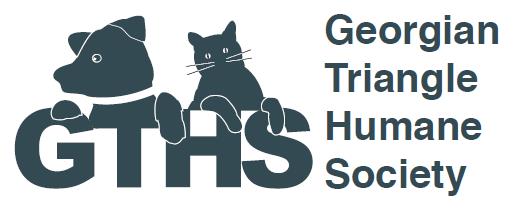Canine Separation is a serious anxiety that is very distressing for both dogs and their guardians. It is a condition can we see regularly in a shelter environment due to the confusion dogs experience by being separated from their owners through stray or surrender situations.
Below is an article written by our behavioural partners, Canine Foundations. To continue our learning and understanding of this disorder, we are hosting a Certified Workshop this evening with Julie Ott from Canine Foundations. The course starts at 5pm and runs until 9pm. Click here to register.
THE NATURE OF ATTACHMENT AND SEPARATION ANXIETY
Distress calls are thought to be a mammal’s most basic and earliest communication behaviour developed. This vocalization is developed by immature youth to maintain close contact to their parent as a means of protection against predators, cold, hunger and physical discomfort.
The presence of an adult produces a secure and calm emotion in the immature youth as their basic needs for warmth, food and protection are met.  At the other end of the spectrum, separation stimulates a strong fear response in immature youth in order to keep them from straying too far from the safety of the den site.
At the other end of the spectrum, separation stimulates a strong fear response in immature youth in order to keep them from straying too far from the safety of the den site.
The effects of separation heavily depend on the individual dog’s; degree of social drive, development of stress coping mechanisms, stress threshold, arousal threshold, level of attachment formed and level of exposure to separation.
Dogs that are raised in environments where they are not exposed to separation, or are exposed to separation in a way that reduces a strong fear response, fail to develop healthy coping mechanisms which leaves them vulnerable to developing separation anxiety.
The degenerative effects of chronic stress decreases the dog’s ability to problem solve thus impeding their ability to learn healthy coping mechanisms. This can lead the dog into a vicious cycle of falling into a state of helplessness when left alone which can lead to acute fear and anxiety.
SEPARATION ANXIETY VS FRUSTRATION
Many dogs display destructive behaviours when left alone by their owners. Few of them are actually suffering from a true case of separation anxiety. Separation frustration is derived by the dog finding social distance frustrating and therefore taking their frustration out on their environment, which alleviates their boredom.
Dogs often find social distance uncomfortable, to various different degrees, due to the fact that it is unnatural for a pack animal to be alone. Lack of adequate mental and physical energy outlets deplete the dog’s ability to cope with the feelings of boredom and unease caused by separation.
Dogs suffering from separation frustration / boredom often act out by destroying non personal items such as; plastic containers, garbage and recycling bins, carpets, furniture, etc. They tend to choose similar textured items every time. These same destructive behaviours are often witnessed when the owner is home and not paying attention to the dog in addition to when the dog is left alone.
Vocalization that occurs tends to be made in the mid to low tones suggesting a pushy yell rather than the distress call typically heard with separation anxiety. Dogs who have high energy levels and those with high intelligence are more likely to suffer from separation frustration as their special needs for physical and mental stimulation can be more then what their owner realizes. A dog suffering from separation frustration / boredom can slowly drift into a true case of separation anxiety if they find the stress of the frustration / boredom overwhelming
• Make sure you are meeting your dog’s individual needs for physical and mental exercise on a daily basis.
• A strong morning routine containing physical and mental exercise in addition to healthy attention and interaction with the owner will provide your dog with the ability to feel relaxed and calm throughout the day while you are gone.
• Keep to a solid routine of exercise and feeding to help create predictability for your dog.
• Expose your dog / puppy to various degrees of short and long intervals of separation as soon as you bring them home.
• Control your dog’s space resource when you are not home to limit the demand of making choices throughout the separation time. You can do this either by using a crate, laundry room, bedroom or basement.
• Make their time alone enjoyable by providing them with a food treat when you leave such as a; stuffed Kong, tricky treat ball or some other problem solving toy that releases food rewards.
• Play soft music in the room your dog is housed in to help drown out outside sounds that may be over stimulating or perceived as stressful to your dog.
• Close the drapes and blinds to reduce visual stimulant and help promote the concept of restful sleep.
• Avoid making a big fuss over your dog for 10 to 15 minutes before you leave the house.
• Ignore your dog, except to give directions, for the first 10 to 15 minutes after you arrive home.
• Do not allow your dog to control the attention resource in the home.
• Ignore any barking or whining for attention, while in the crate. Turn your back or leave the room but do not respond to any barking in any way.




